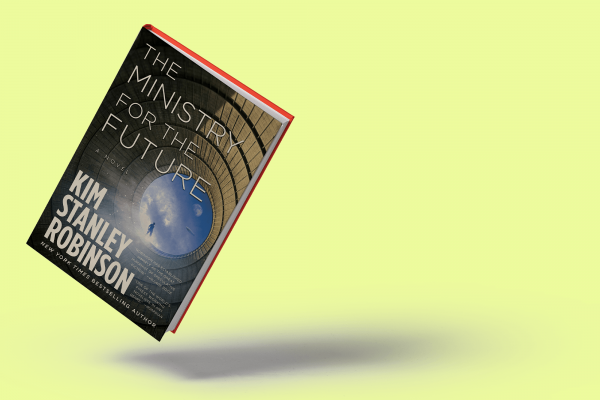IT BEGINS IN the way the 2020s could end: with a climate change-driven heat wave that kills 20 million people in India. Kim Stanley Robinson’s work of science fiction is heavy on the science and light on the fiction. Indeed, the “fiction” of this novel reads more prophetic than futuristic. Just like biblical prophets, Robinson is less interested in predicting a far-off world than seeing our current world for what it is. The words of the prophet Jeremiah would fit snugly in this book: “Disaster overtakes disaster, the whole land is laid waste” (4:20).
Robinson’s vision of a response to climate change veers on the edge of technological utopianism without ever falling into the abyss. The airships, cryptocurrencies, and drones of Robinson’s novel are not simply fantastic simulations of a utopian (or dystopian) world. They are pragmatic responses to a world that is burning and melting under our feet. While the need for technological solutions is so apparent in Ministry (and in our own world), Robinson’s hope is not located in technology. Rather, the tentative hope of Ministry is found in the unwavering humanity of its many heroes.
Read the Full Article

